In the world of sports, athletes are constantly seeking innovative training methods to gain a competitive edge. One such method that has garnered attention and proven to be highly effective is isometric training. This article takes you on a journey through the fascinating world of isometric training and its profound impact on sports performance. Drawing from various studies, we explore the benefits of isometric training, its application across different sports, and its potential to enhance athletic abilities.
The Explosive Power Revolution:
Imagine being able to achieve explosive power similar to plyometric training but with reduced impact forces. That's precisely what explosive isometric training offers. Studies have shown that this type of training provides comparable benefits to plyometric exercises while minimizing the risk of injuries associated with high-impact activities (Burgess et al., 2007). This revelation has made isometric training a valuable addition to athletic training programs, revolutionizing the way athletes build explosive power.
Change of Direction: The Key Lies in Isometric Strength:
When it comes to change of direction (COD) ability, the variables affecting performance differ depending on the angle of change and the leg used. However, one constant factor remains: isometric strength of the lower-limb muscles plays a major role in COD ability (Rouissi et al., 2017). Coaches and fitness professionals are now encouraged to incorporate isometric muscle strengthening exercises alongside traditional dynamic strength exercises. Tailoring specific lower limb strength exercises based on individual players' deficits in different COD angles can unlock their full potential.
The Shield Against Injuries:
In the pursuit of peak performance, athletes must also prioritize injury prevention. Isometric training has proven to be a powerful tool in this regard. Research indicates that preseason isometric hip abduction and external rotation strength can independently predict future non-contact Anterior Cruciate Ligament (ACL) injury status (Khayambashi et al., 2016). By incorporating assessments of isometric hip strength into injury risk screenings, athletes can proactively protect themselves from potential ACL injuries. Furthermore, isometric neck strength training has shown promising results in reducing the risk of cervical spine injuries and concussions in contact sports (Hrysomallis, 2016; Gilchrist et al., 2017).
Unleashing Athletic Performance:
Isometric training has demonstrated its ability to enhance athletic performance across various sports. In basketball, the isometric mid-thigh pull has emerged as an efficient method to assess isometric strength and predict dynamic performance (Townsend et al., 2017). Tennis players have found a powerful ally in isometric training, with maximum isometric strength in shoulder internal rotation strongly correlating with serve velocity (Baiget et al., 2016). Baseball players have also witnessed the benefits of isometric training, as isometric force production characteristics have shown strong relationships with offensive performance (Bailey et al., 2013). These findings emphasize the potential of isometric training to unlock an athlete's true potential and elevate their performance to new heights.
A Journey to Recovery:
Recovering from injuries and surgery can be a daunting process for athletes. However, isometric training has proven to be instrumental in post-operative rehabilitation. Athletes who have undergone anterior cruciate ligament reconstruction often experience persistent deficits in hip external rotation (HER) strength, knee extension strength, and hop performance (Kline et al., 2017). To bridge the gap and restore balance, clinicians now include isometric HER strengthening exercises in post-operative rehabilitation programs, enabling athletes to regain their strength and hop performance.
Unraveling the Mysteries of Muscle Activation:
Exploring the realm of muscle activation during different types of contractions reveals fascinating insights. Studies have found that activation levels during maximal eccentric and concentric contractions are lower compared to maximal isometric contractions (Babault et al., 2001). Moreover, isometric resistance training has been shown to enhance the rate of activation at the onset of muscle contraction, leading to improvements in maximal voluntary contraction (Del Balso & Cafarelli, 2007). These findings shed light on the neuromuscular adaptations induced by isometric training, offering athletes a pathway to unleash the full potential of their muscles.
A Shield Against Running Woes:
For high school cross-country runners, the specter of anterior knee pain looms. However, research suggests that strengthening the hip abductor, knee extensor, and flexor muscles through isometric exercises can reduce the incidence of this debilitating condition (Luedke et al., 2015). By incorporating targeted isometric exercises into their training regimen, runners can fortify their muscles and minimize the risk of anterior knee pain, allowing them to tackle the cross-country trails with confidence.
The story of isometric training and its impact on sports performance is nothing short of remarkable. From explosive power to change of direction, injury prevention to athletic performance enhancement, isometric training has revolutionized the way athletes approach their training programs. Through careful integration of isometric exercises, athletes can unlock their full potential, push beyond their limits, and excel in their respective sports.
As the world of sports continues to evolve, isometric training stands tall as a powerful tool, offering athletes a pathway to achieve greatness. With each new study and discovery, the story of isometric training unfolds, empowering athletes to break barriers and reach unprecedented heights in their sporting endeavors. So, embrace the power of isometric training, tap into its limitless potential, and embark on a journey of athletic excellence that knows no bounds.
If you’d like to read the cite studies drop me an email at brad@isophit.com
Yours in Isometric Strength,
Brad Thorpe
CEO / Inventor
Isophit

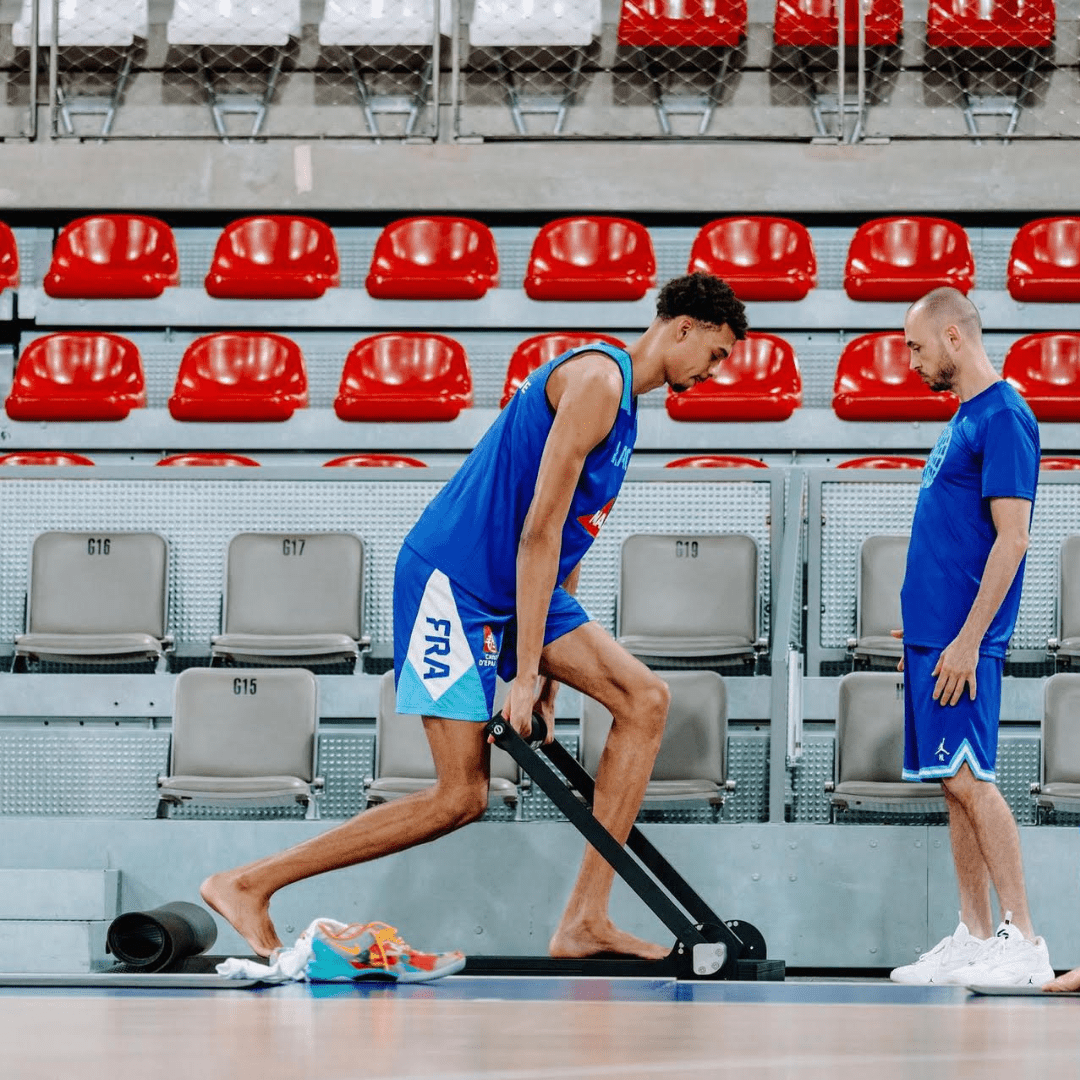
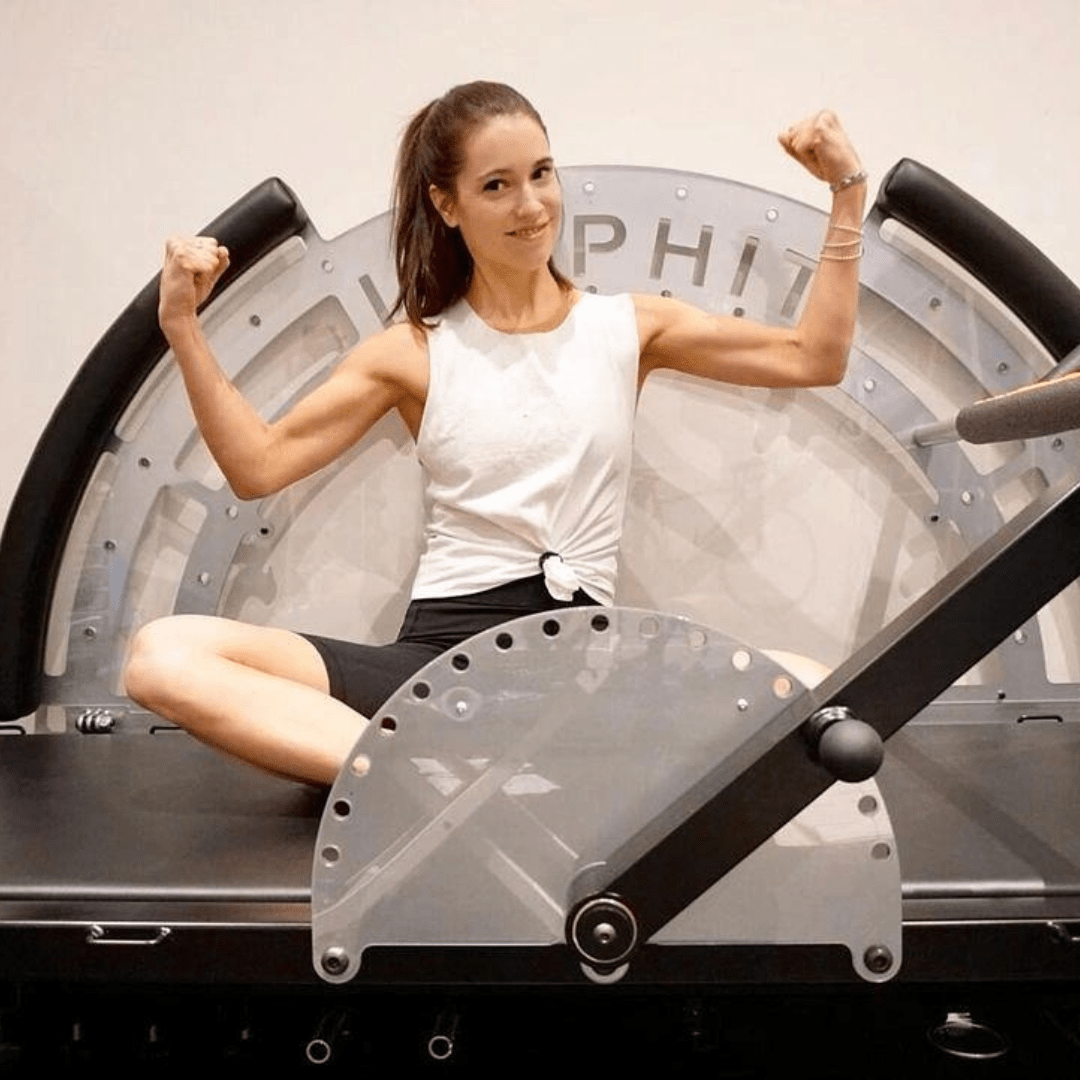

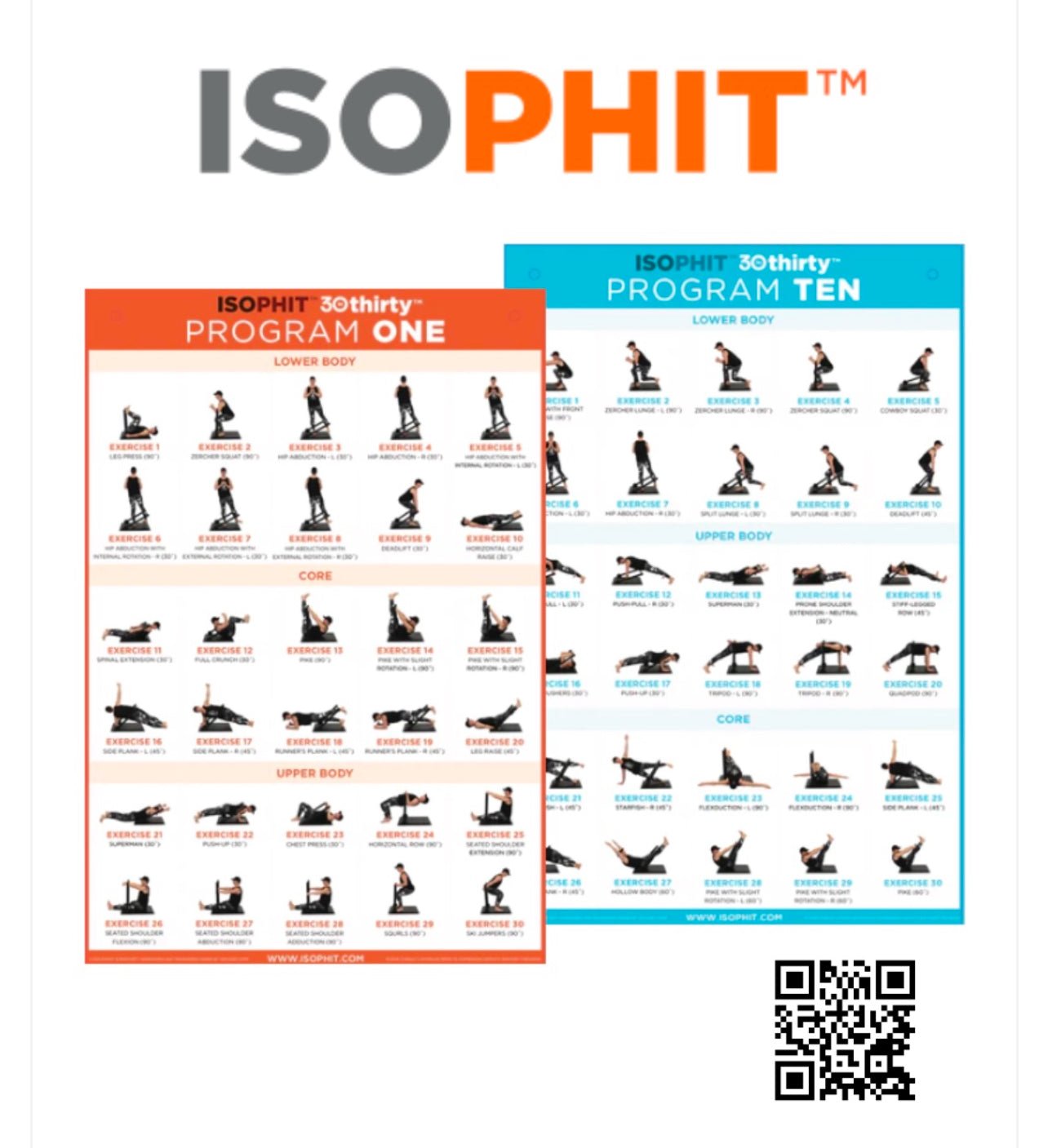
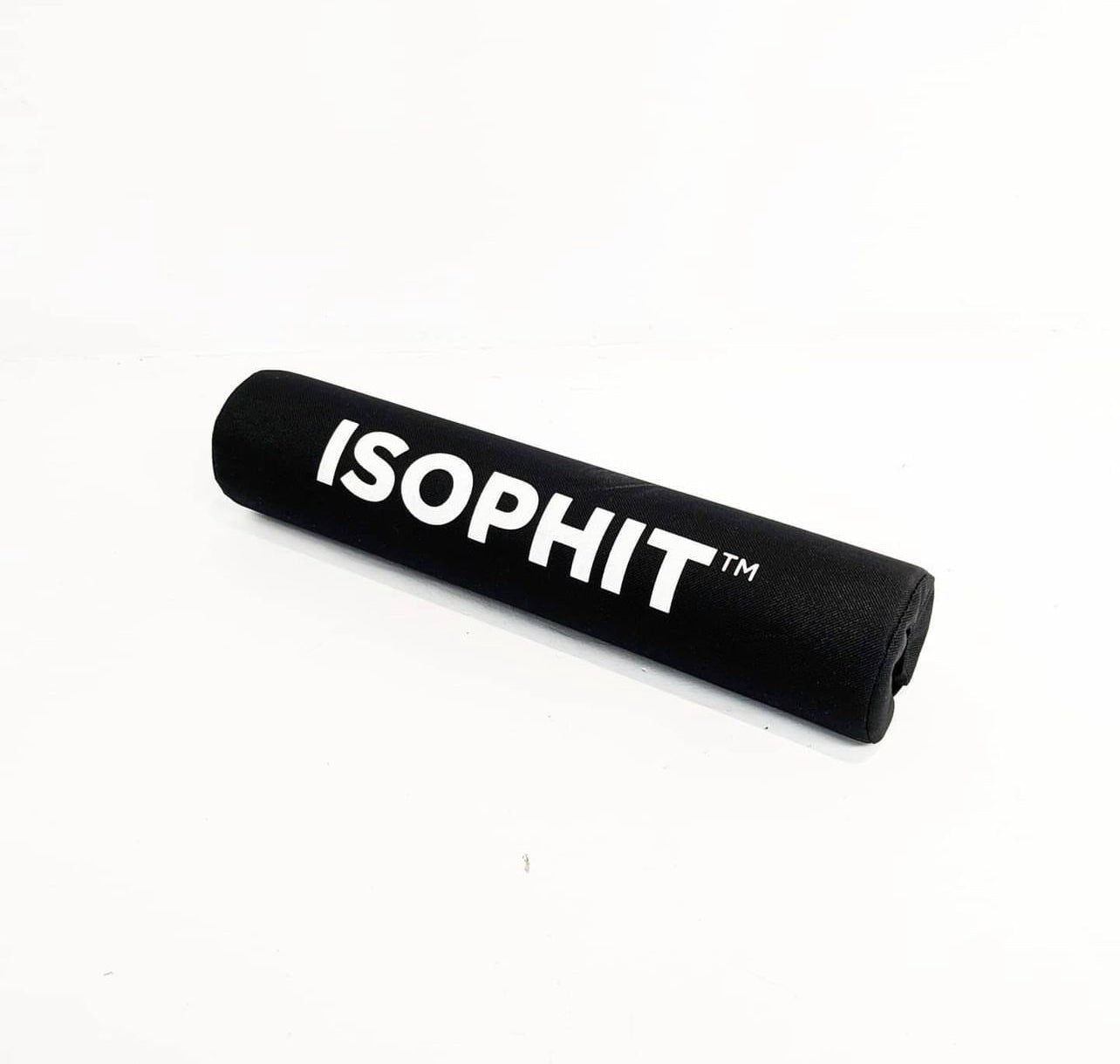
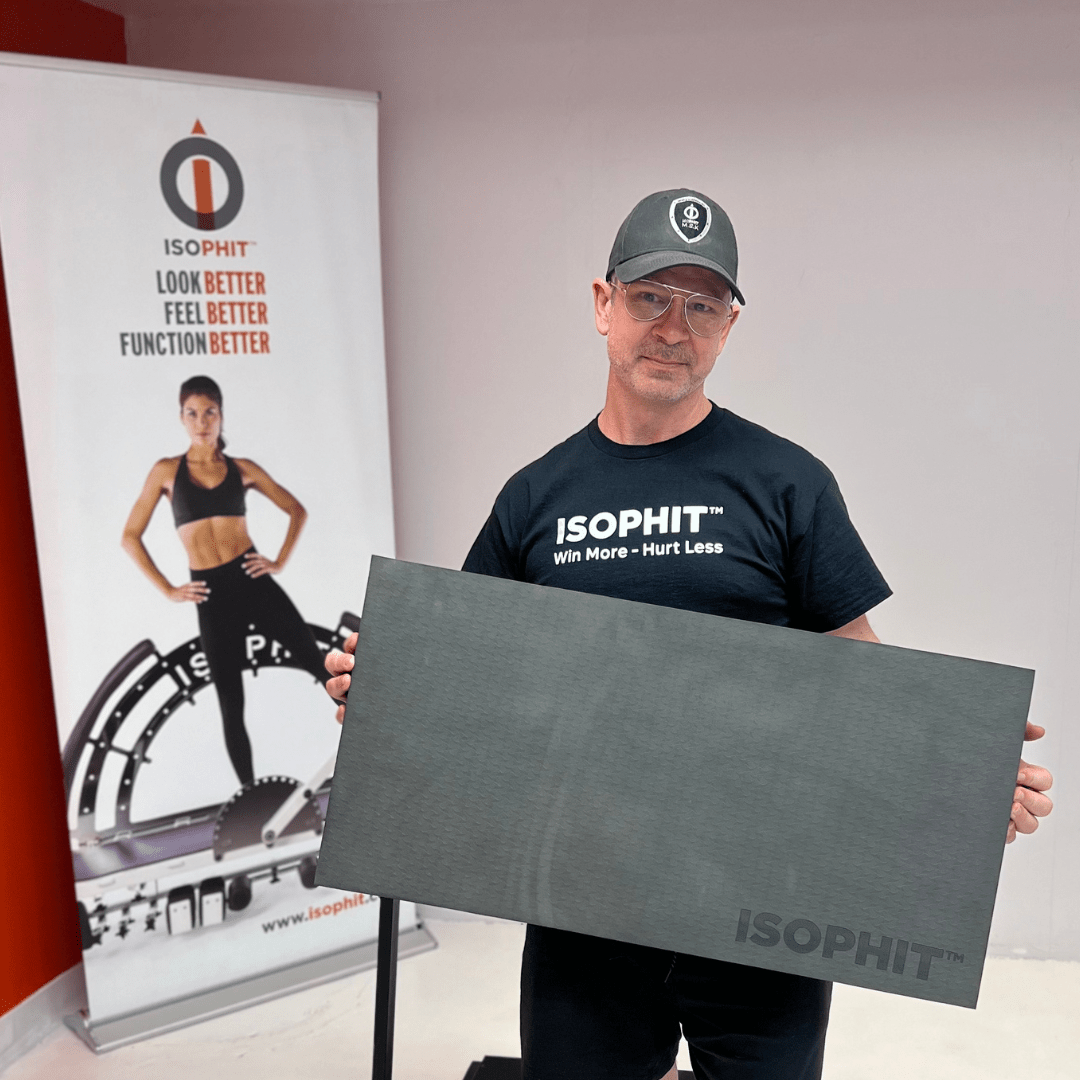
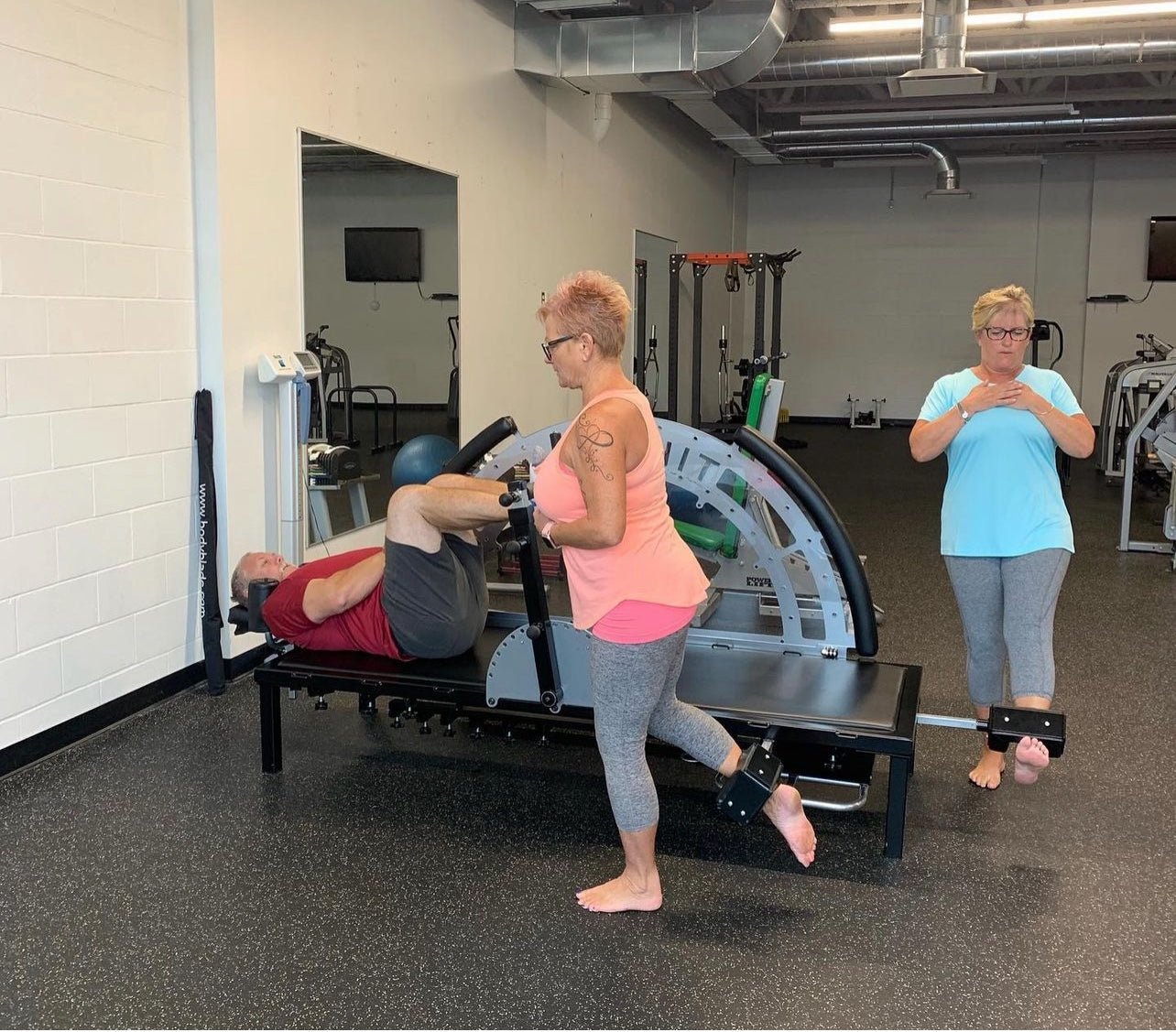
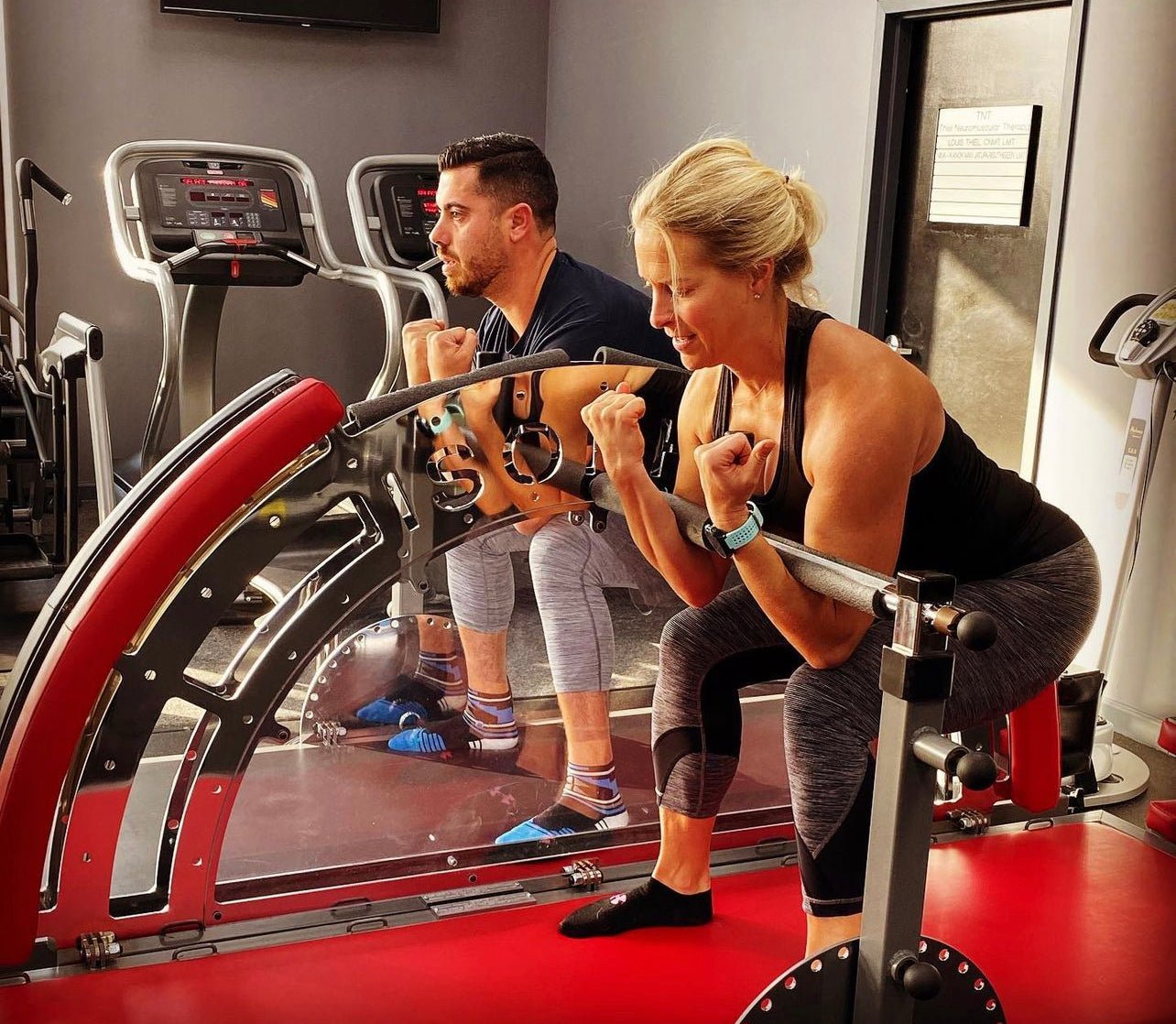
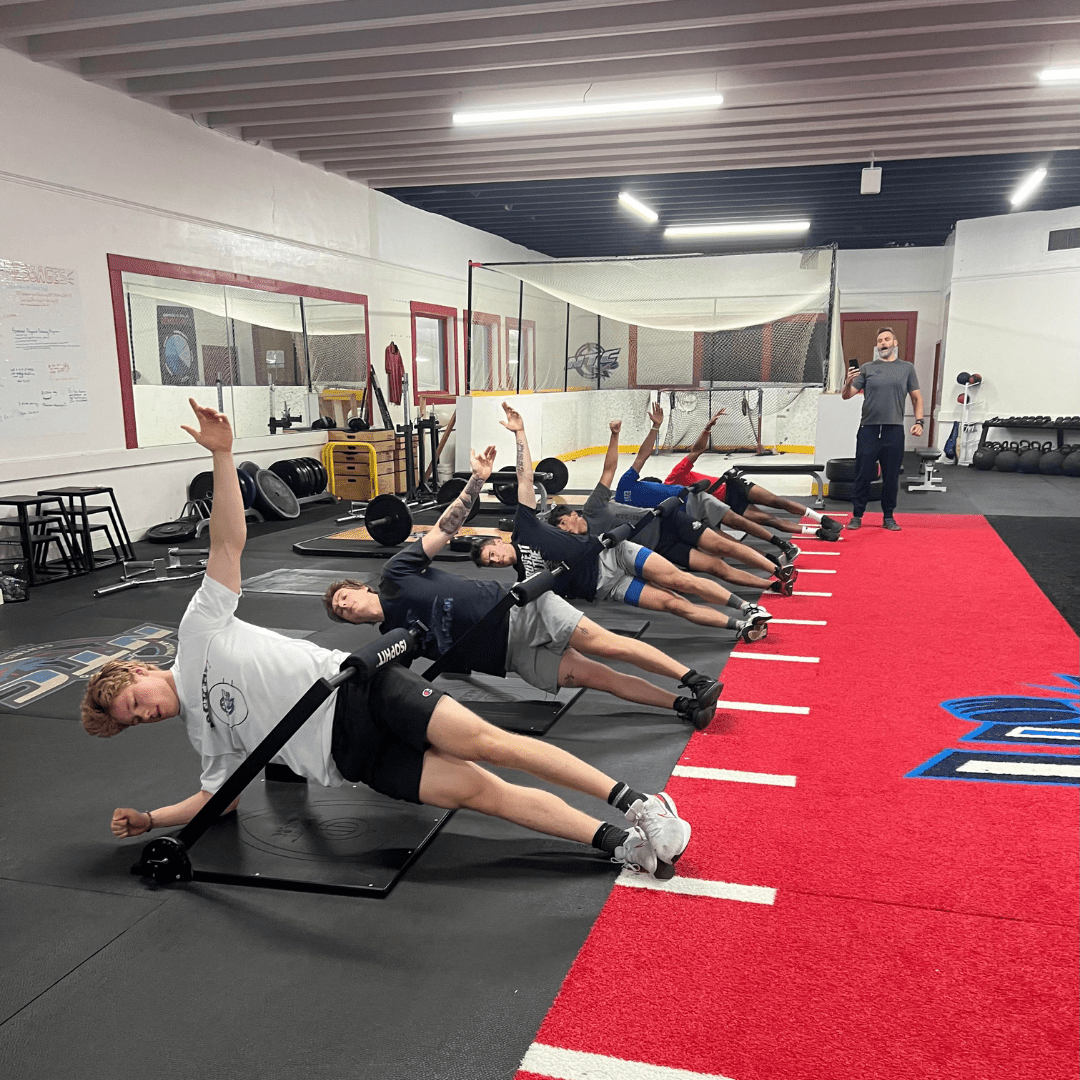
Share:
Joint Instability and Pain
Hypertension is the Leading Cause of Stroke and Heart Attack. But, You Can Resolve It.